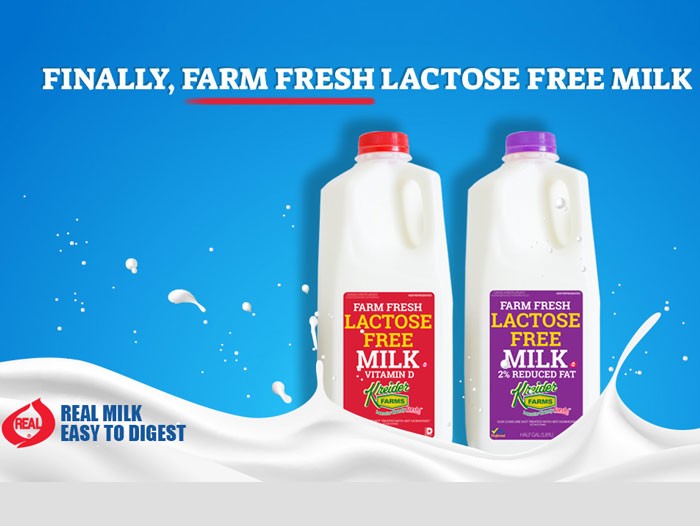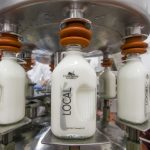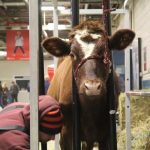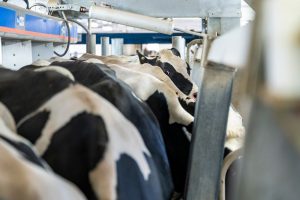
However, when you purchase milk from Kreider Farms, you will know where your milk is from.
Consumers have begun to discover that both lactose free and traditional dairy products often come from multiple source farms to create a single product. For instance, that gallon of milk with a major national chain dairy’s name on the label may have originated from cows on several different farms, perhaps living in different states, many miles from each other!
The good news is, you can actually gain a little insight into where your milk and other dairy products, including ice cream, were processed and bottled or packaged. (Though, unfortunately, you may not be able to know where these products were actually sourced…yet.) You just need to know how to read some “secret codes.”
Today’s blog post shares what you need to know to discover the origins of your milk and other dairy products, plus shows how our Kreider Farms milk is better. Hint: our Kreider Farms milk always comes from our own cows.
So, Where is My Milk From?
One fact about milk and other dairy products today is that these drinks and foods sometimes make very long journeys from the milking parlor to your grocery store’s shelves. While the short answer to “where is my milk from?” is “dairy cows,” it’s a little more complicated than that.
What’s more, milk from many different source farms might be blended together during processing. This makes it challenging to know which specific farm’s cows provided your milk. Taken together, it may seem like figuring out where the milk in your fridge came from could be impossible!
However, milk processing plants in the United States each have unique identification numbers—called plant codes—thanks to the FDA. So, while there isn’t an easy way to identify whether multiple dairy farms contributed to your gallon at this point, you can get some idea of what dairy plant put the finishing touches on your milk, bottled it up, and sent it to your local grocery store.
A Little Bit More About Milk Processing
After cows are milked, what they produced is collected and transported from farms to centralized processing facilities, where it goes through pasteurization and other processes that preserve freshness and more. Milk processing ensures that the product is safe to drink and tastes great by the time it reaches thirsty consumers like you.
Sometimes these facilities—like our own milk plant in Lancaster County, PA—are just down the road from the dairy farms and herds supplying the milk, though this is rare. Most people are surprised to learn that processing often takes place many miles from milking.
During processing is when lactose free milk is actually created from regular milk, too—you’ll want to check out our infographic on how we create our Kreider Farms Lactose Free Milk for the details! If you struggle with lactose intolerance but still love your dairy products, this process will be of particular interest to you.
Understanding Plant Codes
As we mentioned above, plant codes are numbers printed on milk packaging that tell you where it was processed and bottled.
Contained in these codes is location information, though it’s hidden. In fact, the codes look like meaningless strings of numbers that may or may not be printed near the expiration date.
Luckily, the website WhereIsMyMilkFrom.com gives you instructions on how to locate the correct numbers. Entering the right string of numbers into this website will return the name of the dairy plant that processed your milk. It’s that simple!
Why You Should Choose PA Dairy
Here in Pennsylvania, dairy farms have long been significant contributors to our Commonwealth’s economic health. In fact, the Pennsylvania dairy industry produces about $14.7 billion annually and supports around 52,000 jobs!
Unfortunately, if you’ve been keeping up with recent news headlines, dairy farming is becoming more difficult for many farm families for a variety of reasons. To ensure that we don’t lose our valuable farms and the fresh, wholesome milk they produce, we need to support them by making the choice to buy local dairy!

























